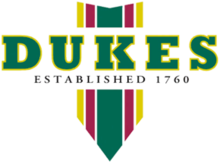The 1983 Cricket World Cup was the 3rd edition of the Cricket World Cup tournament. It was held from 9 to 25 June 1983 in England and Wales and was won by India. Eight countries participated in the event. England, India, Pakistan and West Indies qualified for the semi-finals. The preliminary matches were played in two groups of four teams each, and each country played the others in its group twice. The top two teams in each group qualified for the semi-finals.
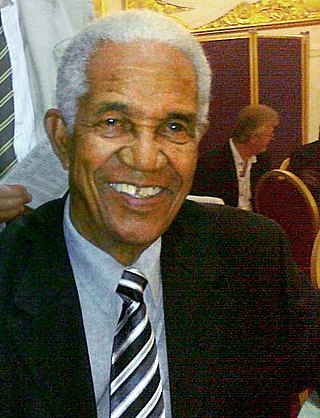
Sir Garfield St Aubrun Sobers,, also known as Sir Gary or Sir Garry Sobers, is a former cricketer who played for the West Indies between 1954 and 1974. A highly skilled bowler, an aggressive batsman and an excellent fielder, he is widely considered to be cricket's greatest ever all-rounder and one of the greatest cricketers of all time.

This is a general glossary of the terminology used in the sport of cricket. Where words in a sentence are also defined elsewhere in this article, they appear in italics. Certain aspects of cricket terminology are explained in more detail in cricket statistics and the naming of fielding positions is explained at fielding (cricket).
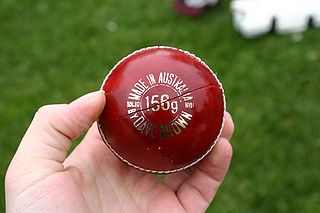
A cricket ball is a hard, solid ball used to play cricket. A cricket ball consists of a cork core wound with string then a leather cover stitched on, and manufacture is regulated by cricket law at first-class level. The trajectory of a cricket ball when bowled, through movement in the air, and off the ground, is influenced by the action of the bowler and the condition of the ball and the pitch, while working on the cricket ball to obtain optimal condition is a key role of the fielding side. The principal method through which the batter scores runs is by hitting the ball, with the bat, into a position where it would be safe to take a run, or by directing the ball through or over the boundary. Cricket balls are harder and heavier than baseballs.

Wasim Akram HI is a Pakistani cricket commentator, coach, and former cricketer and captain of the Pakistan national cricket team. Akram is regarded as one of the greatest fast bowlers of all time, as well as one of the greatest left-arm fast bowlers in cricket history. He is often revered as The Sultan of Swing . In October 2013, Wasim Akram was the only Pakistani cricketer to be named in an all-time Test World XI to mark the 150th anniversary of Wisden Cricketers' Almanack. As captain, he led Pakistan to the finals of the 1999 Cricket World Cup, where they lost to Australia by 8 wickets.
Fast bowling is one of two main approaches to bowling in the sport of cricket, the other being spin bowling. Practitioners of pace bowling are usually known as fast bowlers, quicks, or pacers. They can also be referred to as a seam bowler, a swing bowler or a fast bowler who can swing it to reflect the predominant characteristic of their deliveries. Strictly speaking, a pure swing bowler does not need to have a high degree of pace, though dedicated medium-pace swing bowlers are rarely seen at Test level in modern times.
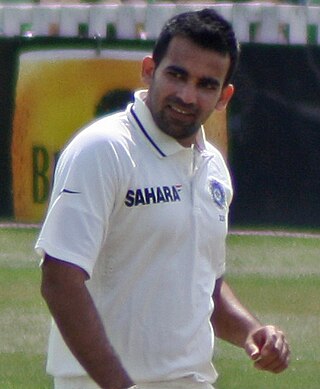
Zaheer Khan is an Indian former professional cricketer who played all forms of the game for the Indian national team from 2000 till 2014. He is a fast-medium left-arm bowler. He was the second-most successful Indian pace bowler in Test cricket, behind Kapil Dev. Zaheer Khan started his domestic career by playing for Baroda. In the early years of his career, Zaheer Khan was known for his hostile seam and pace bowling, especially fast inch-perfect yorkers. He is often considered one of the best Indian fast bowlers.
Seam bowling is a bowling technique in cricket whereby the ball is deliberately bowled on to its seam, to cause a random deviation when the ball bounces. Practitioners are known as seam bowlers or seamers.

Sydney Francis Barnes was an English professional cricketer who is regarded as one of the greatest bowlers of all time. He was right-handed and bowled at a pace that varied from medium to fast-medium with the ability to make the ball both swing and break from off or leg. In Test cricket, Barnes played for England in 27 matches from 1901 to 1914, taking 189 wickets at 16.43, one of the lowest Test bowling averages ever achieved. In 1911–12, he helped England to win the Ashes when he took 34 wickets in the series against Australia. In 1913–14, his final Test series, he took a world record 49 wickets in a Test series, against South Africa.
Sarfraz Nawaz Malik is a former Pakistani Test cricketer and politician, who was instrumental in Pakistan's first Test series victories over India and England. Between 1969 and 1984, he played 55 Tests and 45 One Day Internationals and took 177 Test wickets at an average of 32.75. He is known as one of the earliest exponents of reverse swing.
John Kenneth Lever is an English former international cricketer who played Test and One Day International cricket for England. Lever was a left-arm fast-medium bowler who predominantly swung the ball into right-handed batsmen.

Burley-Sekem Pty Ltd is an Australian sports equipment manufacturing company. It was formed in 1985 from the merger of "Burley Sports Pty Ltd", and "Sekem Pty Ltd.". The company has since merged with Kookaburra Sport.

Kookaburra is an Australian sports equipment and apparel company based in Melbourne, Australia. The company was founded in 1890 and specializes in manufacturing various equipment used for Australian rules football, cricket, and field hockey. The company is named after the Australian bird Kookaburra. The company manufactures the white ball used in all One-day international matches and the red ball used in Test cricket in Australia, New Zealand, South Africa, Pakistan, Sri Lanka, Bangladesh, and Zimbabwe.
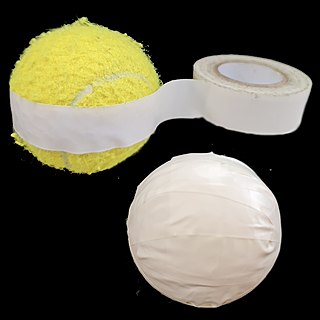
A tape ball is a tennis ball wrapped in electrical tape that is often used in informal games of cricket such as street cricket, also called tape ball cricket.a First pioneered in Karachi, Pakistan, the tape ball acts as an improvised cricket ball with the tape stretched tightly over the fuzzy felt-like covering of a tennis ball to ensure a smooth surface that produces greater pace after bouncing. Although most street games feature entirely covered varieties, tape balls may also be prepared such that only one side is taped to replicate reverse swing or, alternatively, they may have multiple layers of tape running down the middle to mimic the leather seam found on standard cricket balls. Applying tape makes the ball heavier than a tennis ball, but not as hard or heavy as a cricket ball. As such, this modification seeks to reduce the risks to players, passers-by and property.
Timothy Duke was an English businessman and cricketer who was a member of the family which established Dukes, the manufacturer of cricket balls. He played five first-class matches for Kent sides between 1823 and 1828.
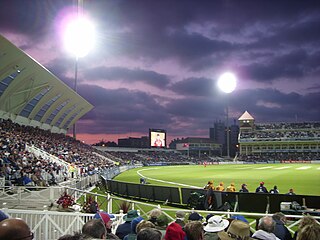
Day/night cricket, also known as floodlit cricket, is a cricket match that is played either totally or partially under floodlights in the evening. The first regular cricket to be played under floodlights occurred during World Series Cricket, unsanctioned by the International Cricket Council (ICC), attracting large crowds to see some of the world's best players compete in Australia and the West Indies. In 1979, when the ICC and World Series Cricket came to an understanding, the first floodlit One Day International was played, also in Australia. Floodlit cricket has since been played around the world, although England was slow to take it up due to their climate. Floodlit first-class cricket was first played in 1994, when the concept was tried during the Sheffield Shield. Day/night cricket is now commonplace in one-day cricket and Twenty20 cricket. For instance, all 27 matches in the 2014 ICC World Twenty20 were day/night matches, as were most matches in the 2011 Cricket World Cup.

Cricket is a bat-and-ball game played between two teams of eleven players on a field at the centre of which is a 22-yard (20-metre) pitch with a wicket at each end, each comprising two bails balanced on three stumps. The batting side scores runs by striking the ball bowled at one of the wickets with the bat and then running between the wickets, while the bowling and fielding side tries to prevent this and dismiss each batter. Means of dismissal include being bowled, when the ball hits the stumps and dislodges the bails, and by the fielding side either catching the ball after it is hit by the bat, but before it hits the ground, or hitting a wicket with the ball before a batter can cross the crease in front of the wicket. When ten batters have been dismissed, the innings ends and the teams swap roles. The game is adjudicated by two umpires, aided by a third umpire and match referee in international matches. They communicate with two off-field scorers who record the match's statistical information.
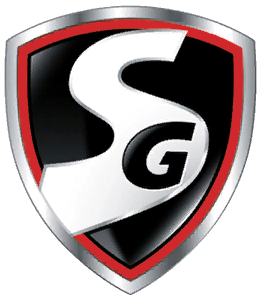
Sanspareils Greenlands abbreviated as SG is an Indian cricket equipment manufacturer. The company was founded in 1931 in Sialkot in India before moving to the current location in Meerut, Uttar Pradesh, India in 1950. It specializes in manufacturing various equipment used for cricket and the company manufactures the red ball used in all Test cricket and First-class cricket matches in India.
John Duke was an English businessman and cricketer who was a member of the family which established Dukes, the manufacturer of cricket balls. He played one first-class match for Kent County Cricket Club in 1855.
Dilip Jajodia is an Indian businessman, and current owner of British Cricket Balls Ltd, which manufactures the Dukes cricket ball.
